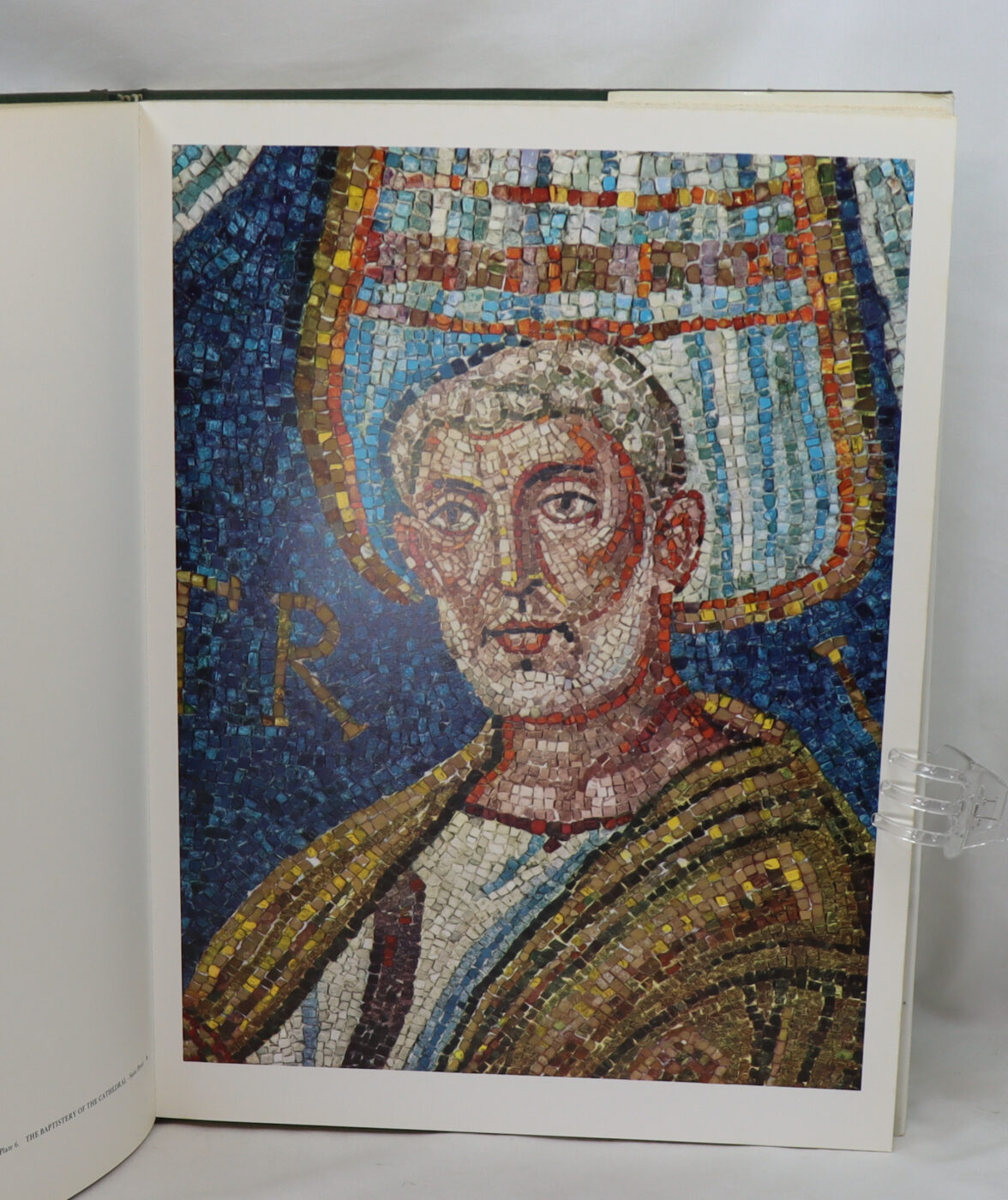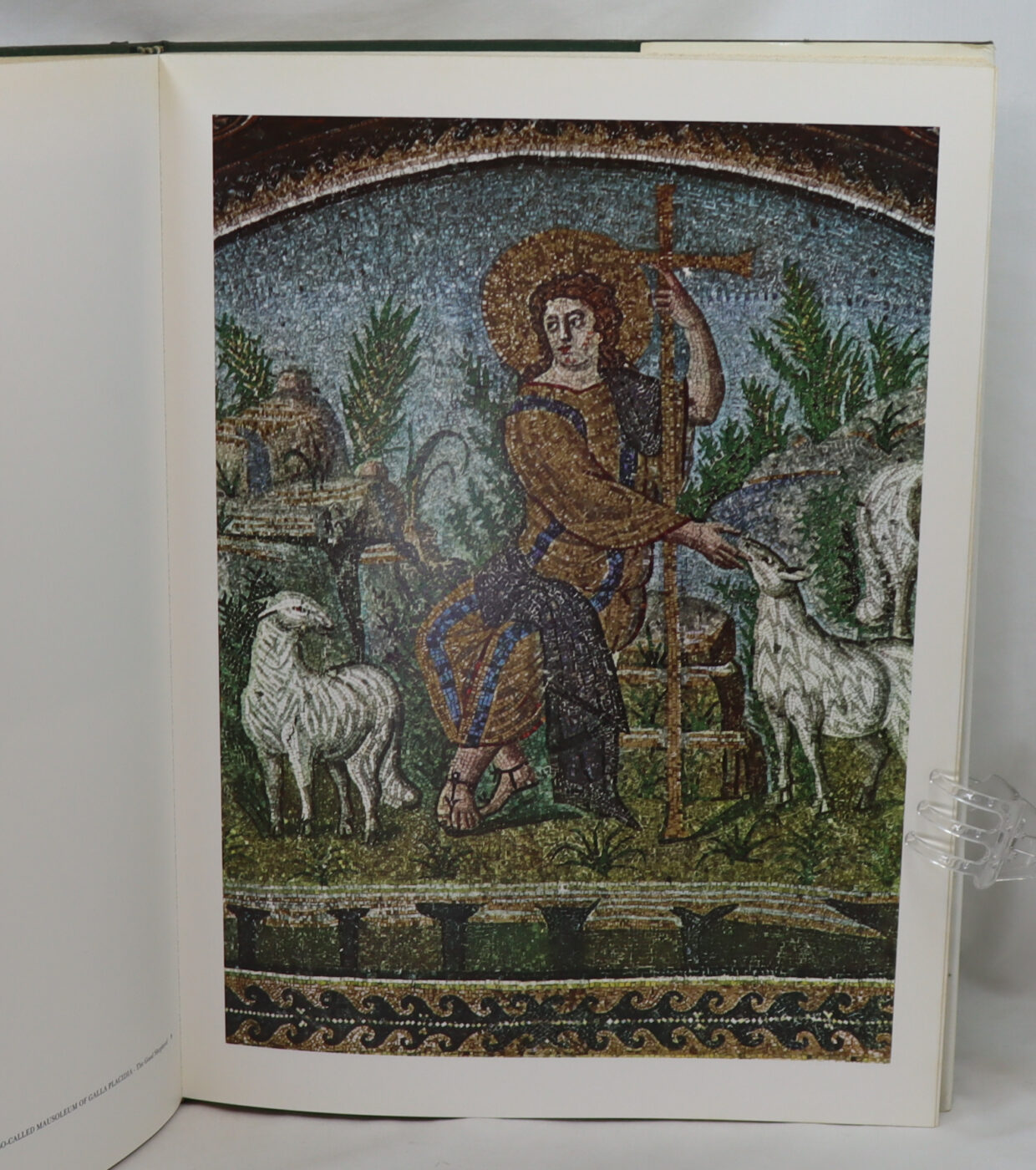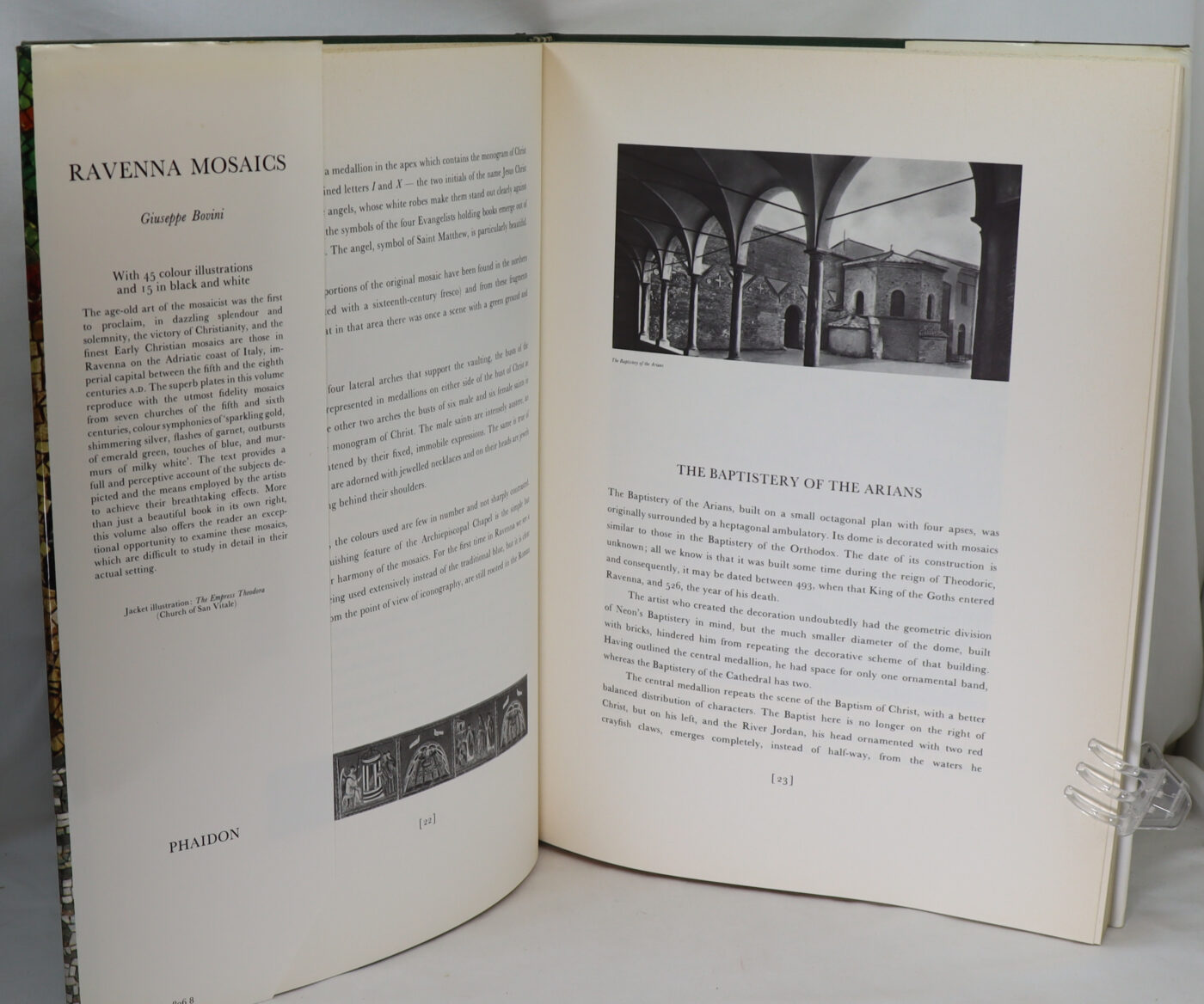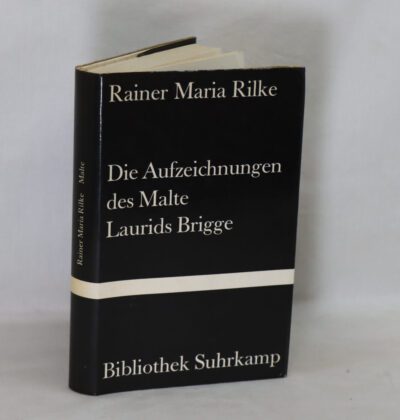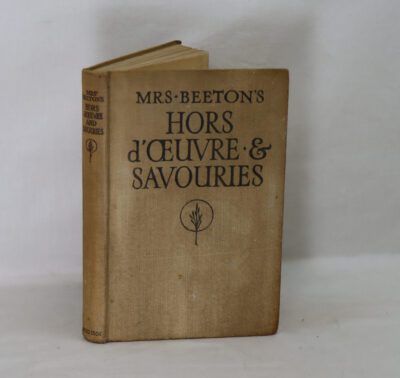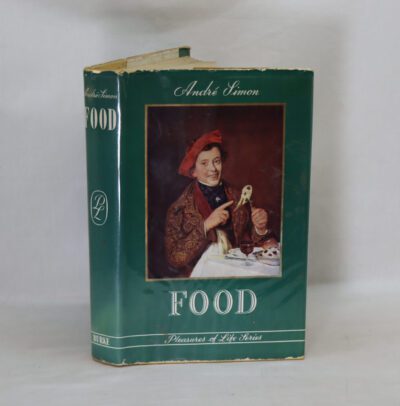Ravenna Mosaics.
By Giuseppe Bovini
Printed: 1978
Publisher: Phaidon Press. London
| Dimensions | 29 × 39 × 3 cm |
|---|---|
| Language |
Language: English
Size (cminches): 29 x 39 x 3
Condition: Very good (See explanation of ratings)
Item information
Description
In the original dust jacket. Green cloth binding with gilt title on the spine and front board.
We provide an in-depth photographic presentation of this item to stimulate your feeling and touch. More traditional book descriptions are immediately available
-
Note: This book carries a £5.00 discount to those that subscribe to the F.B.A. mailing list
For conditions, please view our photographs. This gorgeous edition justifies itself with a series of 15 stunning black and white photos of various church exteriors and interiors; 45 color plates provide details of the most important mosaics. Lovely book, built to be poured over through the years. An exceptional copy; fine in an equally fine dw. Particularly and surprisingly well-preserved; tight, bright, clean and especially sharp-cornered. Literally as new. ; 55 pages; Translated by Giustina Scaglia. Subjects; Mosaics, Byzantine & Early Christian–Italy–Ravenna.
Ravenna is the capital city of the Province of Ravenna, in the Emilia-Romagna region of Northern Italy. It was the capital city of the Western Roman Empire during the 5th century until its collapse in 476, after which it served as the capital of the Ostrogothic Kingdom and then the Byzantine Exarchate of Ravenna. It has 156,444 inhabitants as of 2025.
Initially settled by the Umbri people, Ravenna came under Roman Republic control in 89 BC. Octavian built the military harbor of Classis at Ravenna, and the city remained an important seaport on the Adriatic until the early Middle Ages. The city prospered under imperial rule. In 401, Western Roman emperor Honorius moved his court from Mediolanum to Ravenna; it then served as capital of the empire for most of the 5th century.
After the fall of the Western Roman Empire, Ravenna became the capital of Odoacer until he was defeated by the Ostrogoth king Theodoric. In 540, Belisarius conquered Ravenna for the Byzantine Empire, and the city became the capital of Byzantine Italy. After a brief Lombard control, Ravenna came under the authority of the Papacy and, save for minor interruptions, remained part of the Papal States until the mid-19th century when it was incorporated into the newly unified Kingdom of Italy.
Although it is an inland city, Ravenna is connected to the Adriatic Sea by the Candiano Canal. It is known for its well-preserved late Roman and Byzantine architecture, with eight buildings comprising the UNESCO World Heritage Site “Early Christian Monuments of Ravenna”. Because of the high concentration of mosaics, the city has been associated with workshops and schools teaching mosaics, and is often given titles like the “capital of mosaics”.
A mosaic is a pattern or image made of small regular or irregular pieces of colored stone, glass or ceramic, held in place by plaster/mortar, and covering a surface. Mosaics are often used as floor and wall decoration, and were particularly popular in the Ancient Roman world.
Mosaic today includes not just murals and pavements, but also artwork, hobby crafts, and industrial and construction forms.
Mosaics have a long history, starting in Mesopotamia in the 3rd millennium BC. Pebble mosaics were made in Tiryns in Mycenaean Greece; mosaics with patterns and pictures became widespread in classical times, both in Ancient Greece and Ancient Rome. Early Christian basilicas from the 4th century onwards were decorated with wall and ceiling mosaics. Mosaic art flourished in the Byzantine Empire from the 6th to the 15th centuries; that tradition was adopted by the Norman Kingdom of Sicily in the 12th century, by the eastern-influenced Republic of Venice, and among the Rus. Mosaic fell out of fashion in the Renaissance, though artists like Raphael continued to practice the old technique. Roman and Byzantine influence led Jewish artists to decorate 5th and 6th century synagogues in the Middle East with floor mosaics.
Figurative mosaic, but mostly without human figures, was widely used on religious buildings and palaces in early Islamic art, including Islam’s first great religious building, the Dome of the Rock in Jerusalem, and the Umayyad Mosque in Damascus. Such mosaics went out of fashion in the Islamic world after the 8th century, except for geometrical patterns in techniques such as zellij, which remain popular in many areas.
Modern mosaics are made by artists and craftspeople around the world. Many materials other than traditional stone, ceramic tesserae, enameled and stained glass may be employed, including shells, beads, charms, chains, gears, coins, and pieces of costume jewelry.
Want to know more about this item?
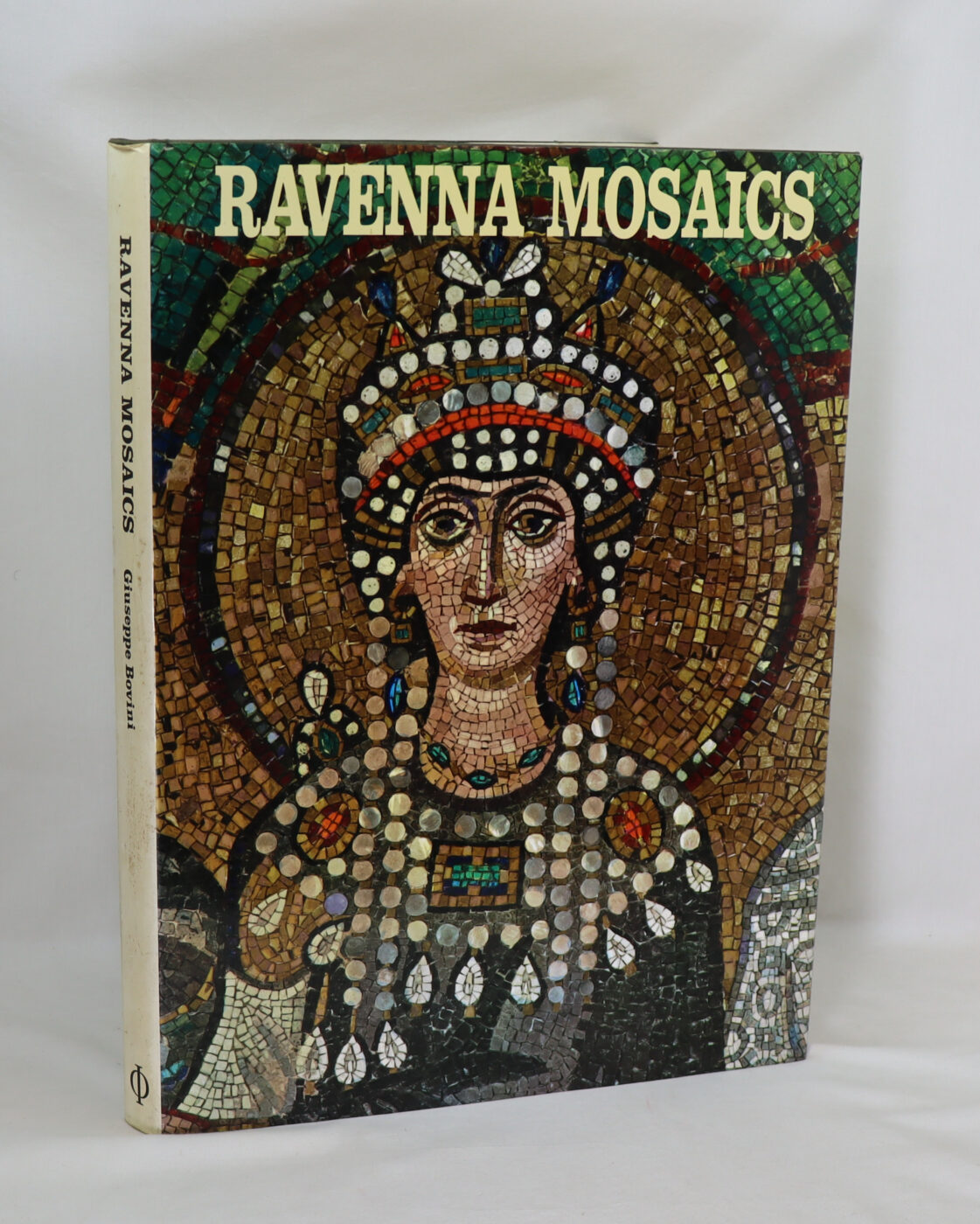
Related products
Share this Page with a friend

